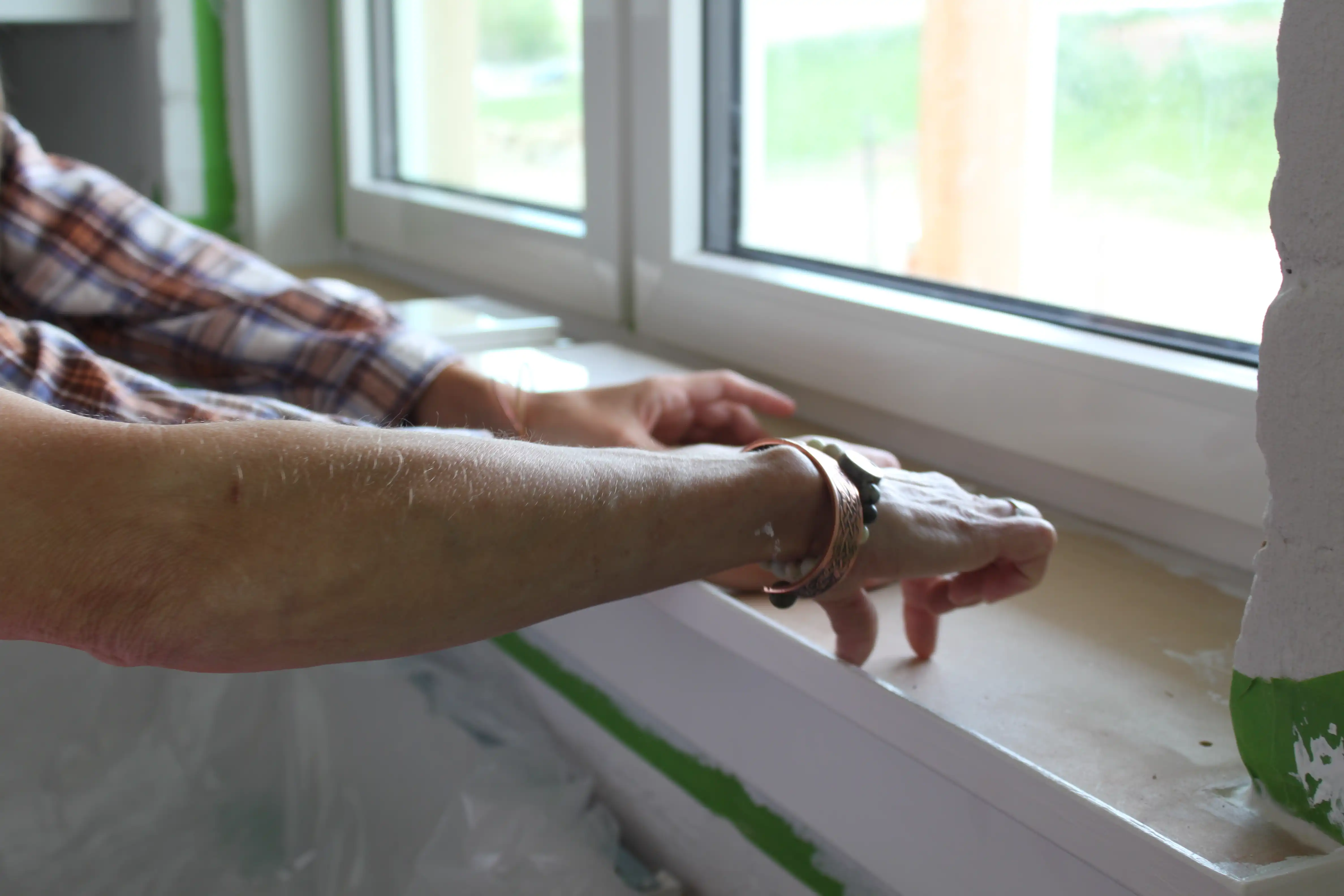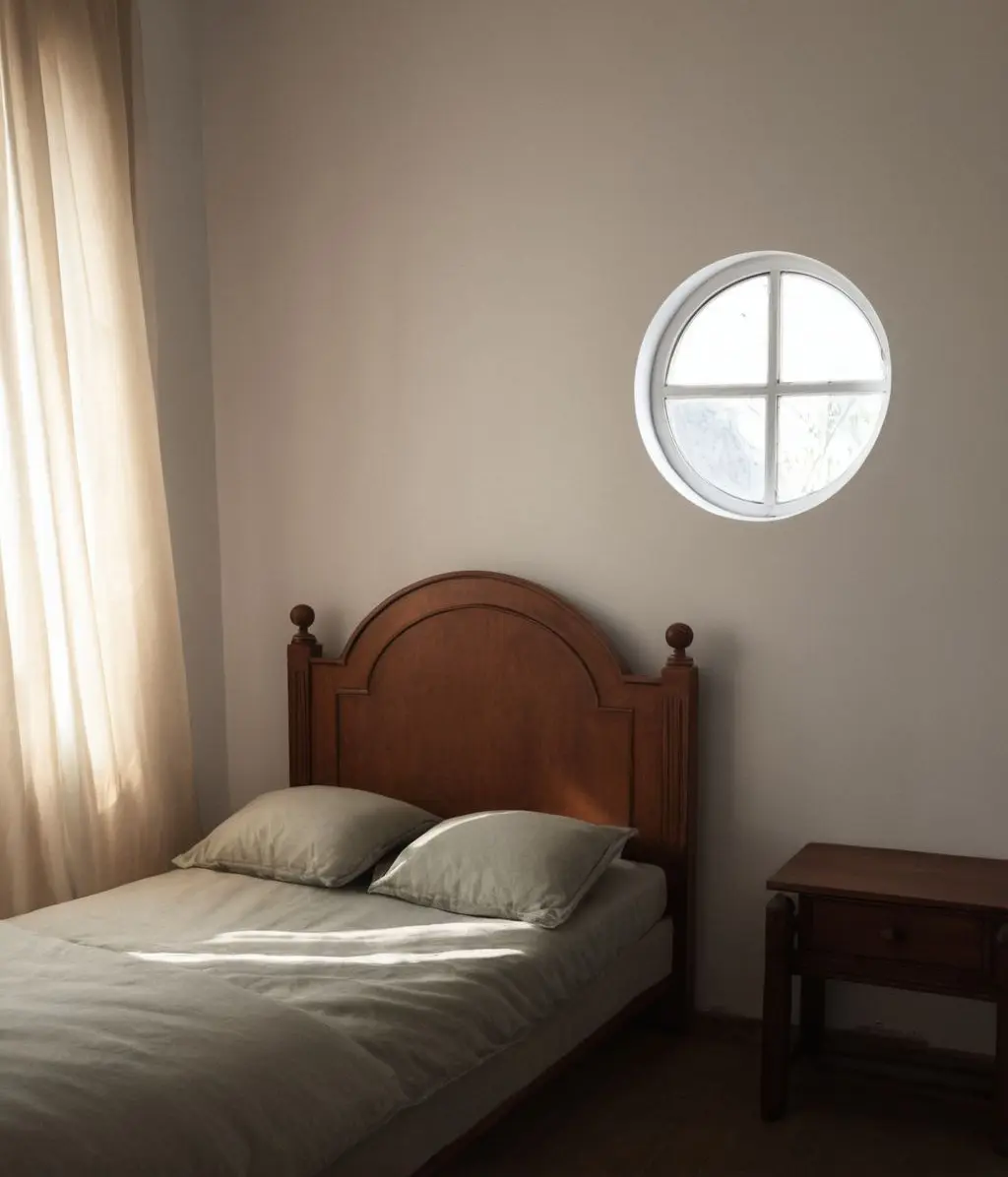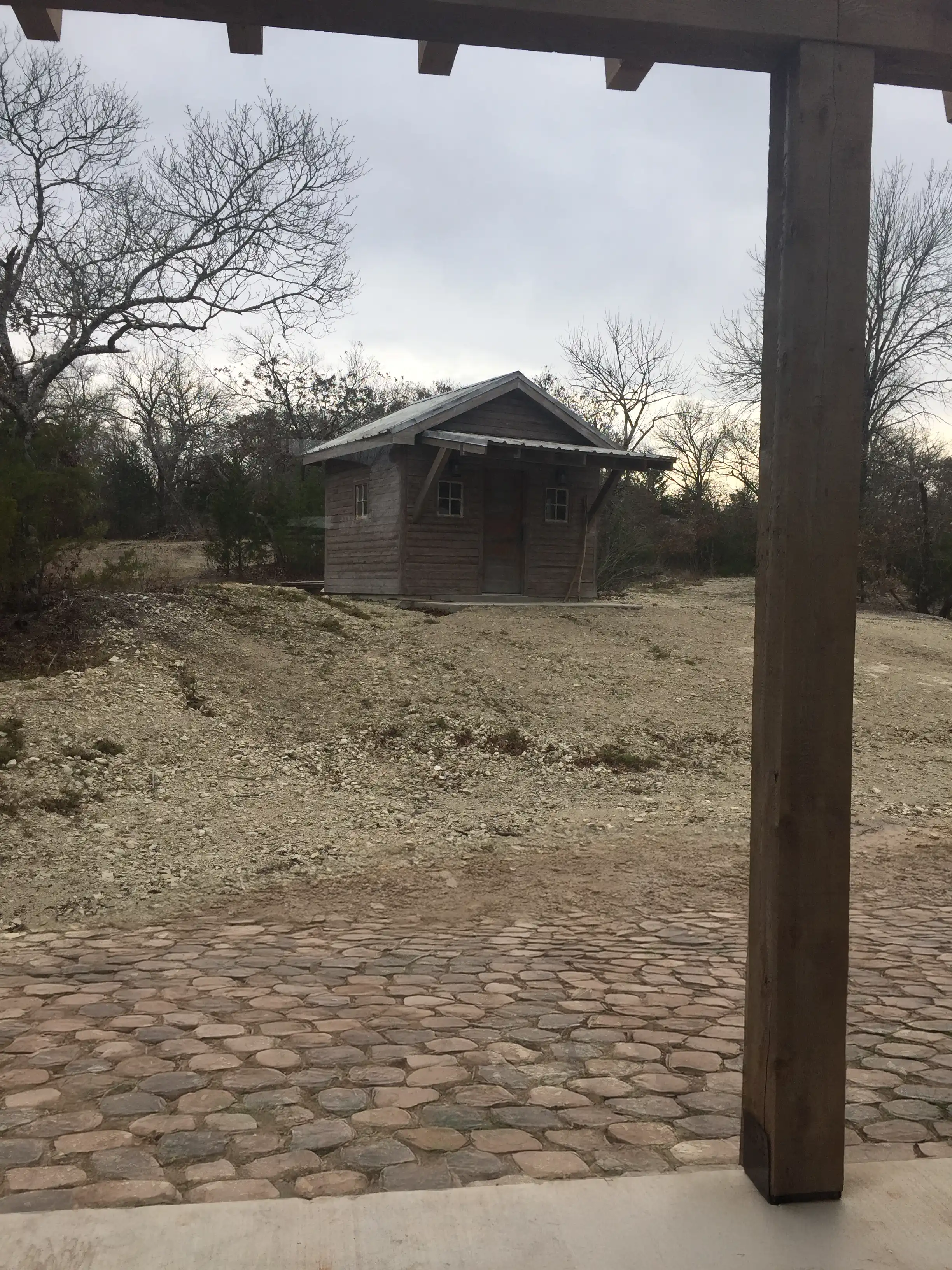Understanding Light: How Cardinal Direction Affects Natural Light in Architecture
The direction your windows face significantly shapes your home's character, not just in terms of energy efficiency, but also by influencing atmosphere, mood, and overall aesthetics. Understanding the unique quality of natural light from each cardinal direction helps architects and homeowners optimize their spaces for comfort, beauty, and practicality. Here’s a breakdown of how the four cardinal directions shape the character of natural light in architecture:
North-Facing Windows: Cool, Calm and Consistent

Northern light is prized in both architectural design and art studios for its gentle, indirect, and stable illumination.
Characteristics & Benefits:
- Even, diffused light throughout the day
- Minimal glare and soft shadows
- Cooler, steady illumination
- Ideal for spaces requiring consistent visibility (studios, libraries, art galleries)
- Helps maintain stable indoor temperatures, reducing cooling demands
South-Facing Windows: Warm and Abundant
South-facing windows invite abundant natural sunlight, especially
beneficial in colder climates for passive solar heating strategies.
South-facing windows are powerful tools in sustainable design, but only when carefully managed.
Characteristics & Benefits:
- Strong, direct sunlight throughout the day
- Warm and inviting but can lead to overheating and intense glare
- Excellent for passive solar heating, reducing energy use in winter
- Requires shading strategies (overhangs, awnings, deciduous trees) to manage summer heat gain
- Often designed with UV protection to safeguard interior finishes and furnishings
East-Facing Windows: Uplifting Morning Glow

Eastern light can make mornings feel peaceful and alive.
Characteristics & Benefits:
- Soft, low-angle morning sunlight
- Cool, clear light ideal for bedrooms, kitchens, or breakfast areas
- Creates spaces that feel refreshing and uplifting in the morning
- Reduced heat gain compared to south and west exposures, minimizing cooling demands later in the day
West-Facing Windows: Sunset Views!
Windows facing west provide warm, dramatic sunlight during the late afternoon and early evening.
While beautiful, west light must be treated with care as it’s the most likely to cause thermal discomfort if not controlled.
Characteristics & Benefits:
- Intense, warm light late in the day
- Potential issues with heat gain and glare
- Adds warmth and character to living rooms, dining rooms, and outdoor spaces
- Often requires careful shading solutions, such as deep porch roofs, pergolas, or strategic tree planting
Natural Light in Architecture Takeaways:
Thoughtful consideration of how light enters a building affects much more than just its energy performance. The quality of natural light in architecture can dramatically influence mood, productivity, and overall well-being. Architects and designers skilled in understanding these nuances can create environments that feel intuitively comfortable and emotionally resonant. Understanding how different orientations affect your interior space helps you:
- Optimize comfort and usability year-round
- Reduce reliance on artificial lighting and HVAC
- Showcase artwork, materials and furnishings in the best possible light
Incorporating natural shading (trees, landscaping) and architectural elements (roof overhangs, shading devices, energy-efficient glazing) helps balance light quality and temperature regulation, creating spaces that are both practical and delightful.
Interested in designing your home with natural light in mind? Let’s talk about how window placement, shading strategies, and thoughtful orientation can elevate your living experience. Contact me or explore my portfolio to see how I use natural light in architecture design.
General Rules for Covered Porch Placement in Compressed Earth Block Homes
Follow these principles and your porch becomes a passive-comfort “buffer zone,” letting CEB’s thermal mass do its job with minimal mechanical assist.
- Shade the mass ≈ Thermal comfort. A porch roof stopping direct summer sun is the simplest way to keep interior CEB walls cool.
- Mind winter sun angles. In cold or mixed climates, size the overhang so low winter rays still strike the wall base.
- Use airflow, not just shade. Align openings with prevailing breezes; ceiling fans help when calm.
- Integrate storm-water details. Wide gutters and drip edges protect vulnerable earthen plasters at porch edges.
- Layer landscaping. Deciduous trees on west/south add seasonal shading; evergreen windbreaks work on the north in exposed sites.
Passive solar design is a timeless approach that harnesses nature's energy to create efficient, comfortable buildings. By incorporating strategies like building orientation, window placement, thermal mass, and shading devices, modern architects can reduce reliance on mechanical heating and cooling systems.
*Climate labels follow the broad IECC/ASHRAE classifications. Always consider your site’s micro-climate, lot orientation, and local wind patterns for the final porch placement.
|
U.S. Climate Zone* |
Best Porch Orientation |
Why It Works |
Design Tips |
|
Hot-Humid (Gulf Coast, South Atlantic) |
East or North |
Avoids intense afternoon sun; catches morning or all-day indirect light for cooler sitting areas. |
Use deep roofs (8 ft+), ceiling fans, and open railings to promote cross-breezes. |
|
Hot-Arid / Desert |
South or West |
Wide shade roofs block high solar gain; winter sun can still warm interior if desired. |
Provide ≥ 8 ft overhangs, light-colored floors to reflect glare, and trellises or vines for extra shade. |
|
Mixed-Humid /Continental |
South + East Wrap-around |
South porch captures low winter sun; east section stays shaded after noon in summer. |
L- or wrap-around layouts; plant deciduous trees on west and use ceiling fans for still days. |
|
Cold / Long Winters |
Full South |
Maximizes scarce winter sunlight and offers passive warmth; roof shields entry from snow and ice. |
Moderate depth (6–8 ft), removable screens or glazing for three-season use, wind-break plantings on NW side. |
|
Marine / Coastal West |
Toward Prevailing Breeze or Primary View |
Mild temps shift priority to glare control and outdoor living; breezes help purge humidity. |
Broad eaves, sloped ceilings for rain runoff, durable decking; orient seating to sunset or water views. |
Historical Porch Orientation in U.S. Residential Architecture (Quick Guide)

Historical Porch Orientation in U.S. Residential Architecture (Quick Guide) Before HVAC, a porch was the house’s first line of climate control. Builders in every region watched the sun, tracked local winds, and set porch roofs where they offered the most comfort.
South (Humid Sub-tropical)
Sweltering humidity = shade first, view second. Deep wraparound verandas hugged the south and west walls to block brutal afternoon sun, while north- or east-facing sections stayed usable through the heat of the day. Dogtrot houses even ran a breezeway north-south so prevailing Gulf breezes could flow straight through.
Northeast (Cold Winters, Mild Summers)
With short summers and long cold spells, homeowners wanted winter sunshine but protection from icy winds. A porch on the south or east facade welcomed gentle morning light and low winter sun. Victorian wrap-around porches added options, letting residents move from a sunny corner in April to a shaded nook in July.
Midwest (Continental Extremes: Hot Summers, Cold Winters)
Farmhouses sought a balance: warmth in February, shade in August. Many faced south to capture winter heat, then extended an L- or T-shaped porch toward the east to stay cooler after noon. Wrap-around designs allowed for moving of rocking chairs to whichever side felt best as the day changed.
West (Arid Desert & Pacific)
Southwest deserts: Thick adobe walls paired with south- or west-facing covered porches to keep interiors cool and provide deep shade at day’s end. Read more about Puebloan Architecture.
High-plains ranches: Porches or breezeways faced prevailing southeast winds, dodging dusty blasts from the west.
California coast: Mild weather meant orientation could follow views (street, garden, or sunset), while broad eaves cut glare and ocean breezes did the cooling.
Key Takeaways
- Historic porch placement was practical first and picturesque second.
- Porches doubled as living rooms, work zones, and social hubs; placement followed daily use patterns.
- Shading the hottest exposures, inviting low winter sun, and aligning with local breezes resulted in outdoor rooms that stayed comfortable without mechanical help - an idea as relevant now as it was a century ago.